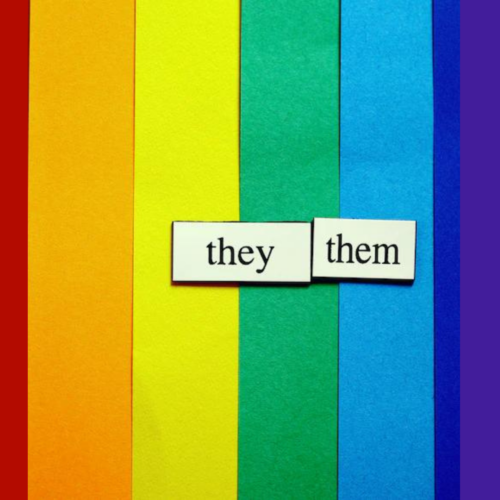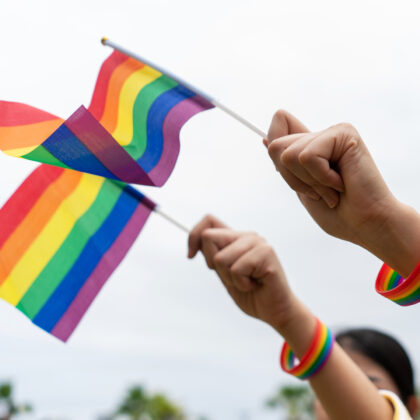Gender and pronouns can be confusing! Here’s a quick guide to gender identity terms — for cisgender, transgender and non-binary peoples — so that the next time you see she/her or she/they pronouns, to name a few, in a bio, you’ll know what to do.
It may seem pretty straight(wink!)-forward, but referring to others by their correct pronouns is really the only way to be! It’s a sign you see them for who they are and that you acknowledge and respect them. This Pride Month, we’ve put together this handy guide to pronouns — talking you through gender identity terms and why they’re so important.
Sometimes, you’re just out of the loop — with newer ways of writing down how you identify popping up on the internet in various different places on our profiles (you might have noticed Sassy writers write our pronouns in our email signature!) all the time. And despite English being one of the less grammatically gendered languages (assigning nouns with gender categories, ie. masculine and feminine nouns), it’s still a troublesome tongue — and old grammar rules and the idea of plurals and singular pronouns can all be so confusing.
We reached out to Quarks — the first and “by far the only” organisation targeting Hong Kong transgender youth. Officially registered in 2020, the group provides peer support for the younger generation of the transgender community and promotes their visibility to the general public. A lot of members here have an intersection of LGBT+ identities apart from being transgender.
Read More: Sassy Supports – Pink Alliance
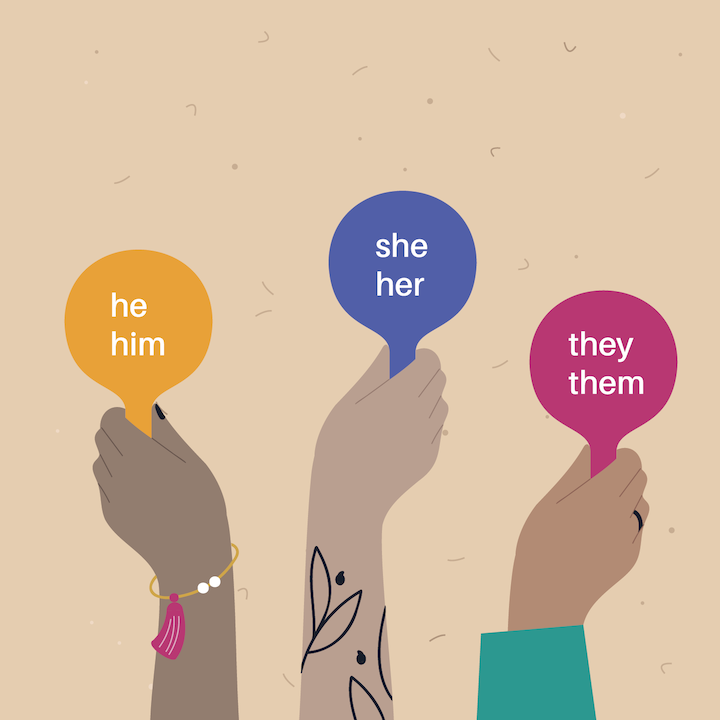
So what exactly is a “pronoun”, and a personal pronoun?
In English, a pronoun is how we refer to a noun. When you refer to a human, one person or more, that pronoun is called a personal pronoun. So when you refer to yourself or to someone else — you’re using a personal pronoun! We do it all the time, every day.
You’re probably most familiar with a pronoun as the term for a singular human being when you refer to them in the third person. He went there. She did that. It’s for him. This is hers. These terms have a gender implied, which isn’t always accurate or helpful.
Language, especially English, is always evolving, and always changing. Colloquial language, new-age slang and patois are all signs of immigration patterns, empire expansion, youth cultures and more: language marches on every day!
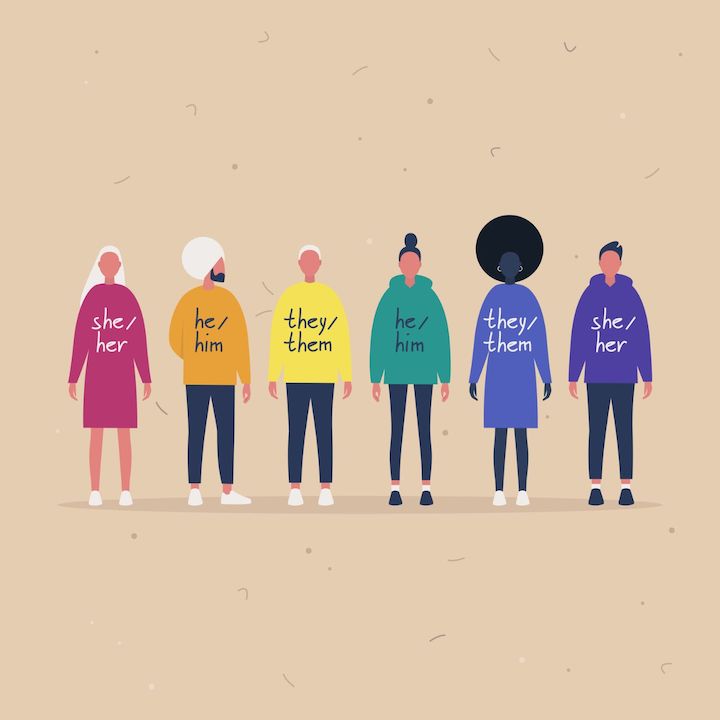
The most commonly used personal pronouns are he/him, she/her and they/them. As Zephyrus Tsang, the co-founder and vice-chairperson of Quarks, who uses he/him pronouns, told us, they/them has been used for one person since the times of Shakespeare! It’s a great one when a gender of a person is not specified in conversation and the one to use when a person’s pronouns are not made aware to you and if a person has told you those are their pronouns.
The first step is probably using it in your own speech. This writer has always used they, their and them in academic essays — especially when I would sit in an exam hall and have no idea of the gender of someone I was analysing or criticising in my paper. If you pay attention, you’ll probably find you already use they and them when referring to one person, especially when you referring to a person within a hypothetical situation!
What tends to become more difficult is when you see a single person in front of you and instinctively go to gender them — and then lean towards a gendered pronoun to refer to them.
Read More: Your Guide To The Hong Kong Gay Games 2023
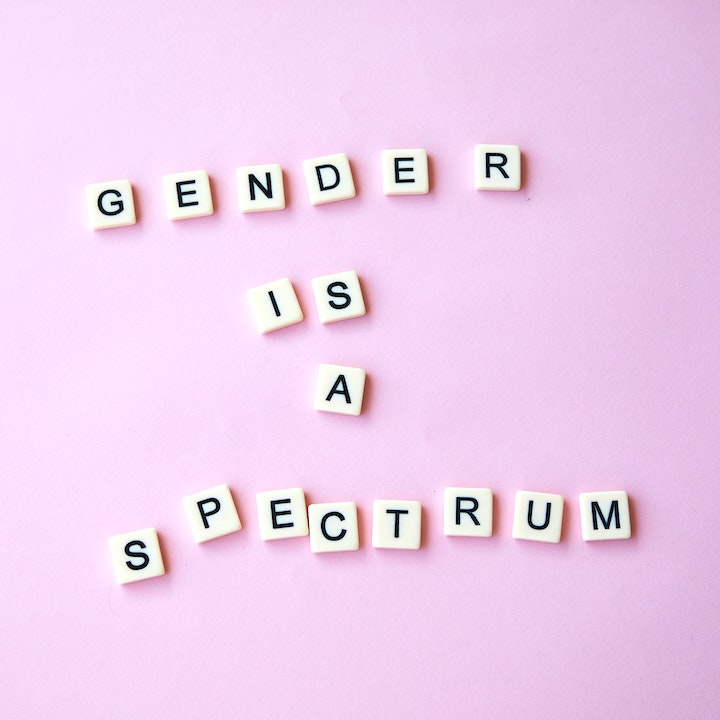
Let’s talk gender and gender identity.
Gender identity is a personal sense of one’s gender. Your sex assignment is how a person is labelled “male or female” according to the external genitalia seen when you’re born. This seems simple but our bodies aren’t all so clear-cut. Sometimes you’re born with a penis or a vagina and given the according sex assignment on your birth certificate. But because your sex isn’t pre-determined when you’re conceived, you could be born with internal and external anatomy that seems to match a different sex.
For example, cisgender men and women both have varying levels of testosterone but there’s an arbitrary marker of the amount that “splits us into men and women”. So more melanated women may have more testosterone than the average “white” woman (the Eurocentric median) but it doesn’t mean they automatically become men.
The umbrella term intersex is used for a variety of conditions in which a person is born with reproductive or sexual anatomy that doesn’t seem to fit the typical definitions of female or male. You could have a vagina but your uterus didn’t develop fully. Intersex people are often assigned male or female, for some maybe after genital surgeries are performed when they’re born. Depending on the condition, they may manage this later on in life with hormone replacement therapy.
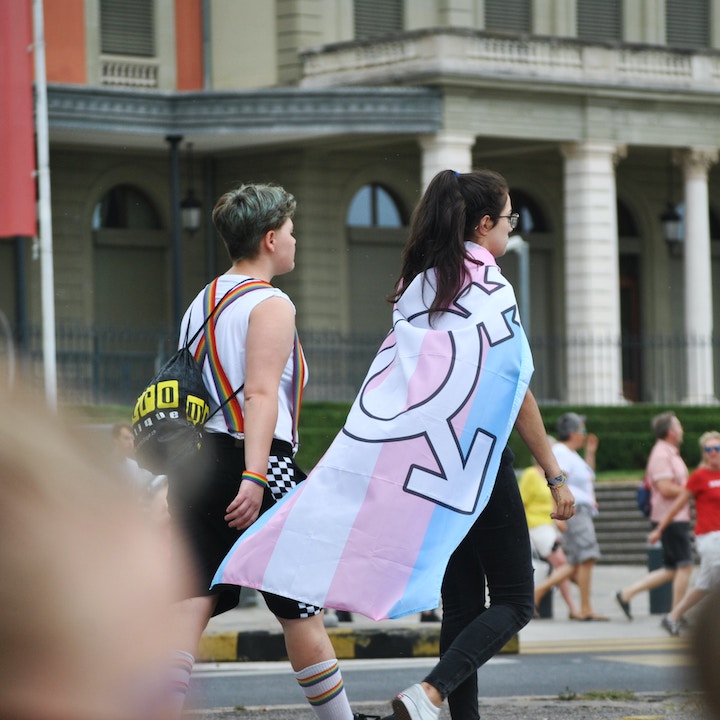
Still with us? Let’s quickly run through a few more terms:
- Cisgender means one’s gender identity is the same as the gender stereotypically associated with the sex assigned at birth. In other words, you were born with “female” reproductive organs and identify as female.
- Transgender (or gender diverse, gender expansive, gender non-conforming) means one’s gender identity is not the same as the gender stereotypically associated with the sex assigned at birth.
- Non-binary refers to gender identities that are not solely male or female.
- Agender refers to the gender identity of not having a gender.
Read More: 11 Relatively New LGBTQI+ Books To Read This Pride Month
We ask Zephyrus Tsang of Quarks to comment on personal pronouns
Everyone can have pronouns. It is also possible that someone would like to be referred to by their name or a gender-neutral noun directly. It’s important to not assume one’s personal pronouns based on their gender expression or legal gender marker.
Knowing one’s pronouns allows us to refer to them respectfully in a social and practical context. We don’t need to dig into one’s personal experience with gender in order to know how to respect them. Each set of pronouns does not equal a specific set of gender expressions or gender identities. Thus, no assumption.

It’s best to ask each person. For example, if a person states their pronouns to be she/they, it means the person feels it’s appropriate to be referred to by more than one set of pronouns, both she/her and they/them. Others might choose one set of pronouns for themselves or use she/her and they/them alternatively. Whether this person is “less feminine” because she uses more than one set of pronouns is not a must, and others don’t have any need to know.
Read More: “Know that who you are is valid”, Courtney Act On Her Drag Journey
Why is it important to use the correct pronouns and respect people’s pronouns?
It’s basic respect to refer to a person with the pronouns they’ve told you. It shows that person that they’re recognized for who they are in a social context. Actively saying your pronouns first helps to avoid any assumptions from others and encourages them to share their pronouns too. Sharing pronouns is not only for those who are hard to place.
No one should have their pronouns assumed — including cisgender people or people whose gender expression is typically male or female. One’s pronouns are subject to changes and fluidity. A constant update of one’s pronouns at every encounter is also useful. Stating one’s pronouns can also be important for foreigners, who may not know you or your name’s gender, especially for email conversations.
Pronouns are not legally binding. In doctor’s letters, reference letters, and even legal papers, use pronouns according to what is stated by the person. If this is not possible, you can at least refer to them by their name or a gender-neutral noun, instead of the wrong pronouns.
What is “misgendering” and how can it impact someone?
Misgendering is a disrespect of one’s gender identity. It often reveals that the speaker does not recognize one’s gender identity and sees them as the wrong gender. Misgendering can out a transgender person and confuse others. For example, a trans man may be outed in an unsafe way if she/her are used for documents, which insist on following a legal gender marker.
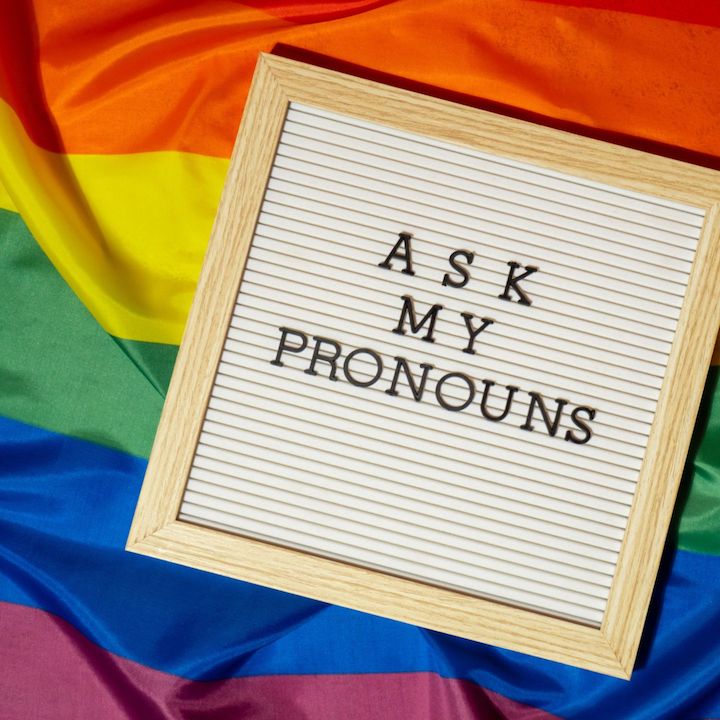
How do I ask someone what pronouns they use?
“My pronouns are __. Can I know your pronouns, please?” No one should have their pronouns assumed, including yourself. It’s good to provide your own pronouns before asking.
Editor’s Note: You can always say “I go by she/her. What about you?”. It’s more about the message than the exact wording!
What if I make a mistake?
Make a brief apology, correct your sentence, and continue the conversation. Avoid making the same mistake again.
What about gender outside of English or the West? What are some traditional Eastern beliefs about gender?
There are a number of languages without any gendered pronouns. In Cantonese, the singular pronoun 佢 and the pleural pronoun 佢地 refer to everything, including everyone regardless of their gender identities, every animal and plant and every non-living object.
What are some resources I can use to learn more about gender identity and personal pronouns?
Apart from Googling, and reading gender-inclusive websites and social media accounts, most importantly, we have to listen carefully how people around us state and explain their pronouns and gender identity.

Other Helpful Resources:
- Pronouns.org, pronouns.org/what-and-why
- A Guide To Gender Identity Terms, Laurel Wamsley for NPR, www.npr.org/2021/06/02/996319297/gender-identity-pronouns-expression-guide-lgbtq
- Glossary of Terms, Produced by the HRC Foundation, www.hrc.org/resources/glossary-of-terms
- GLAAD Media Reference Guide – 11th Edition, www.glaad.org/reference
- Frequently Asked Questions about Transgender People, National Center for Transgender Equality, https://transequality.org/issues/resources/frequently-asked-questions-about-transgender-people
- What is intersex?, interACT: Advocates for Intersex Youth, interactadvocates.org/faq
Editor’s Note: This is by no means a comprehensive guide to pronouns, gender identity terms, gender identity and expression and the LGBTQI+ community! We’d like to thank Pink Alliance, Professor Tung and Zephyrus Tsang at Quarks for their invaluable help with this article. We also made use of the resources above. Please reach out to us if you spot any factual errors, by emailing us at [email protected].
Main image courtesy of Katie Rainbow 🏳️🌈 via Unsplash, image 1 courtesy of Getty, image 2 courtesy of Getty via Unsplash, image 3 courtesy of Laker via Pexels, image 4 courtesy of Delia Giandeini via Unsplash, image 5 courtesy of Monstera via Pexels, image 6 courtesy of Getty, image 7 courtesy of FLY:D via Unsplash.





 Eat & Drink
Eat & Drink



 Travel
Travel



 Style
Style



 Beauty
Beauty
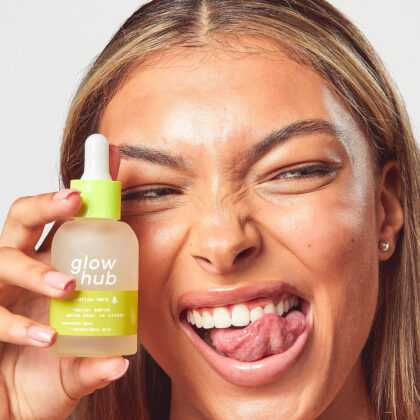
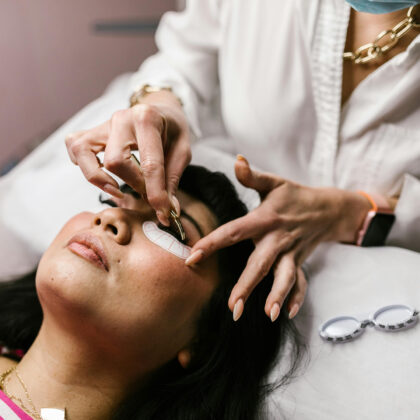

 Health & Wellness
Health & Wellness



 Home & Decor
Home & Decor



 Lifestyle
Lifestyle



 Weddings
Weddings



